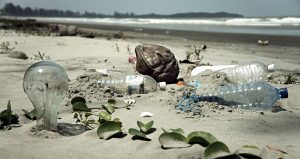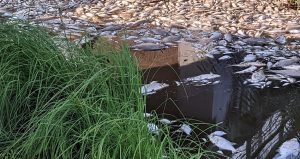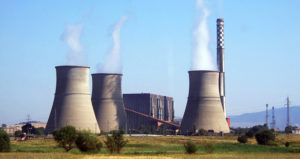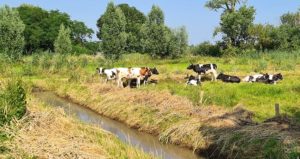Poland rules out industrial discharges Oder
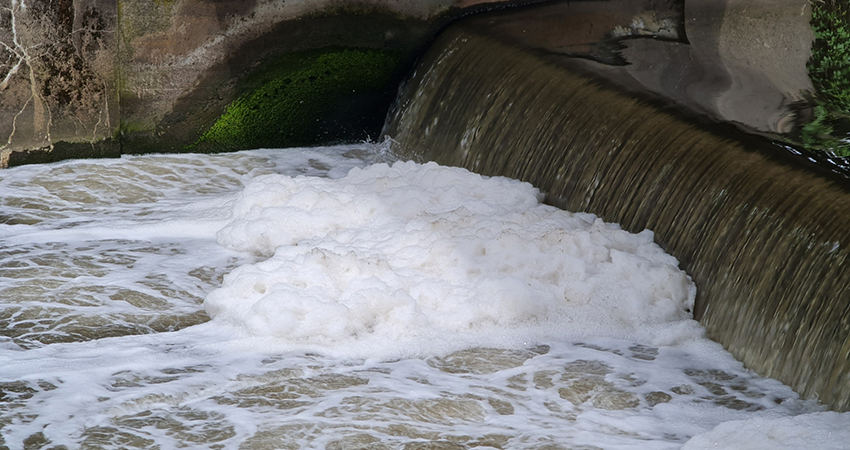
- 4 October 2022
-
 Fergal MacErlean
Fergal MacErlean
Share article:
Poland denies the mass fish killing in the Oder River was due to industrial pollution as claimed by an expert German group and environmentalists. The authors of the nearly-300 page Polish report, released on 30 September, said nearly 250 tonnes of dead fish were recovered from the Oder due to high temperatures and low water levels.
At a press conference ahead of the release Polish authorities said toxic algae were to blame for the fish deaths. Agnieszka Kolada, from the Polish Institute of Environmental Protection, said: “The fish deaths were probably caused by the toxic effects of an algal bloom”. Kolada added that the river´s water quality has been bad ‘for years’ and that the very low water levels and high temperatures this summer may have triggered the algal growth. Andrzej Szweda-Lewandowski, general director of environmental protection, said: “None of the inspected business entities had discharged pollutants above the regulatory limits.”
Salt discharges
Germany also released its findings at the end of September. Previously the two countries said they would produce a joint report. Authors of the German report examined numerous hypotheses for the cause of the fish die off. These experts concluded that the most probable cause of the fish die-off was a combination of high salinity and a massive proliferation in toxic brackish water alga, adding to the stresses on the River Oder already underway from climate change.
Lack of data
German scientists had to rely on data from Poland, but due to a ‘lack of available information they said they could not determine what caused the ‘unnaturally high salinity’. The Federal Institute of Hydrology analysed water samples for heavy metals and more than 1,200 potentially harmful chemicals. Unusually high concentrations were detected for some compounds which create favourable conditions for algal bloom caused by salt, but which cannot have triggered the fish die-off, German´s Federal Ministry of the Environment said in a statement.
Evaluation of Polish report
Lilian Busse, vice-president of the German Environment Agency, said: “We can only conclusively confirm our hypothesis once the Polish report has also been evaluated.” Water News Europe previously reported that high salt concentrations from industrial discharges created an artificial habitat for the mass development of the toxin-forming brackish water alga Prymnesium parvum as stated by Germany´s Leibniz Institute for Freshwater Ecology and Inland Fisheries.
Greenpeace samples
A Greenpeace study found high salt values in river samples. The highest salt values were found at a retention basin belonging to the KGHM mining group in Gmina Polkowice. The environmental group said salt content there is 40 times higher than the values recommended for fresh water. Also noticeable were high salt levels upstream on the Gliwice Canal, through which other mines discharge their waste water into the Oder.
Lack of monitoring
Marek Jozefiak, spokesperson for Greenpeace Poland, said: “In this country, the waters are not permanently monitored. While in Germany pollution is registered in real time through live monitoring, this form of monitoring is missing here. At night, anything is possible for someone who wants to illegally dump their waste in the river.”
Zero brine
In 2019 Water News Europe wrote how wastewater is dumped from Polish mines into rivers and freshwater basins leaving four million tonnes of salt behind and of positive results from a ZERO BRINE pilot project at the Bolesław Śmiały coal mine to clean saline wastewater and recover salt.

